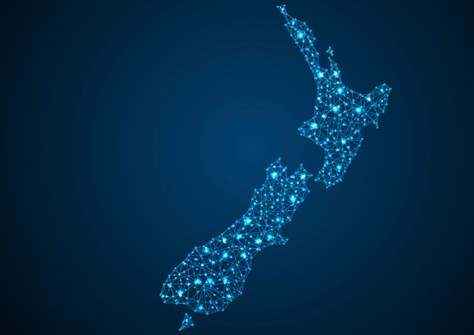
New Zealand’s two leading public sector Earth sciences agencies will merge on 1 July to become a new super-agency.
The National Institute of Water and Atmospheric Research (NIWA), a Crown Research Institute established in 1992, and GNS Science, will join forces to become the Earth Science Institute (ESI).
The new entity will support energy security and sustainability; develop land, marine and mineral resources; and improve resilience to natural hazards and climate-related risks.
The merger is one of several being implemented by the New Zealand Government.
“These reforms are about unlocking the full potential of science to deliver stronger economic growth and greater resilience for New Zealand. We’re not wasting a moment,” said the Minister for Science, Innovation and Technology, Dr Shane Reti.
“Earlier this year, the Prime Minister unveiled a major overhaul of the science system, including the move from seven Crown Research Institutes to three new, future-focused entities. These new organisations will concentrate on key areas of national importance.”
“Critically, the new research organisations will have a strong commercial focus, with a mandate to translate science into real-world outcomes and commercial success,” the Minister added.
“It’s not enough to have great science — we need that science to power start-ups, lift productivity, and create jobs. This is about turning research into results for New Zealand’s economy.”
Both NIWA and GNS have been heavily involved in using geospatial data for studying the land and oceans on and around New Zealand.
GNS Board Chair, David Smol, has been appointed as Chair of the Earth Science Institute, with NIWA director Mary-Anne Macleod as Deputy Chair.
“GNS and NIWA have been working together at pace to plan our move into the new Public Research Organisation,” said Chelydra Percy, GNS Chief Executive.
“There is lots of work for us still to do, but I am confident in our ability to navigate this change together and have the ESI ready to launch by 1 July.”






